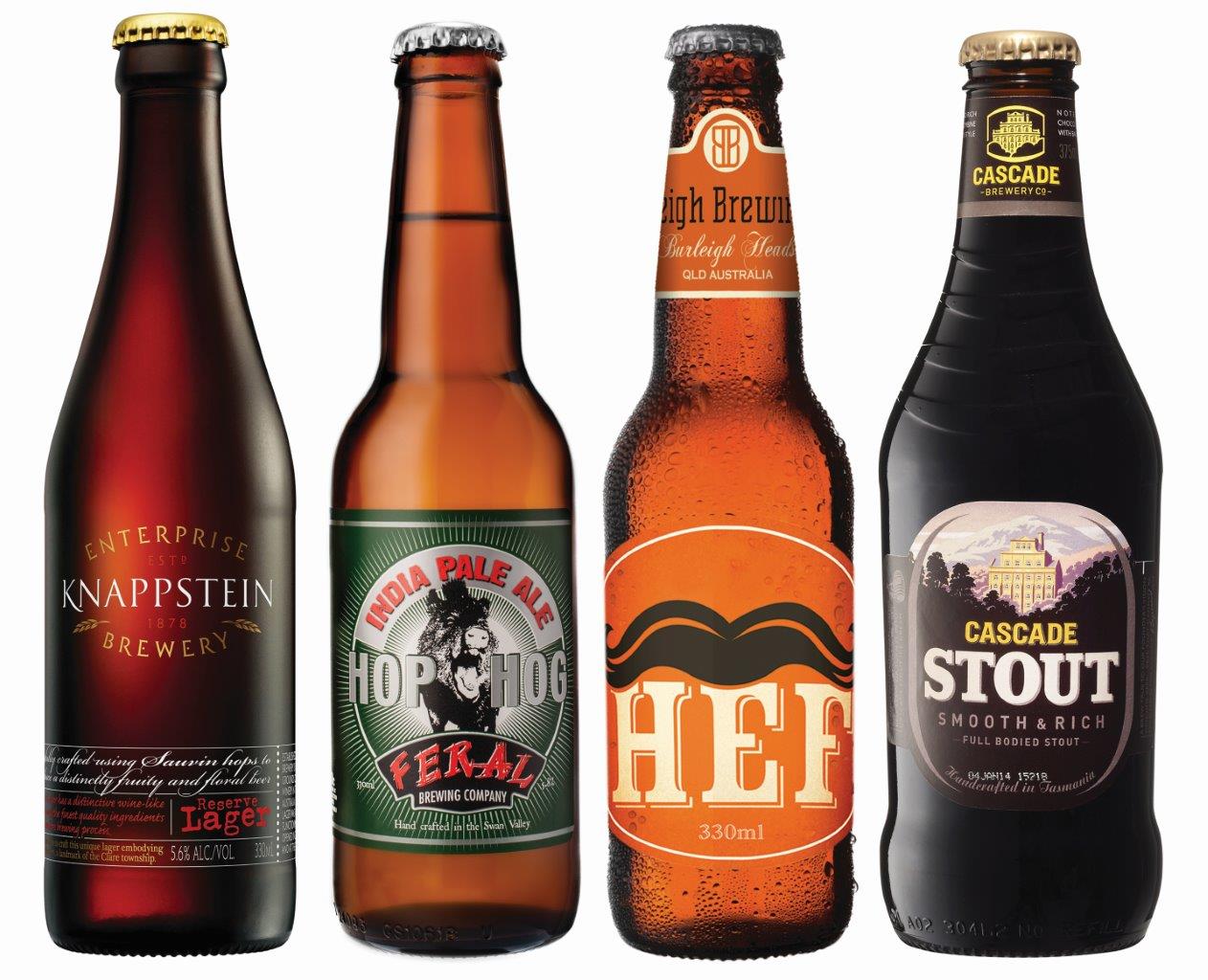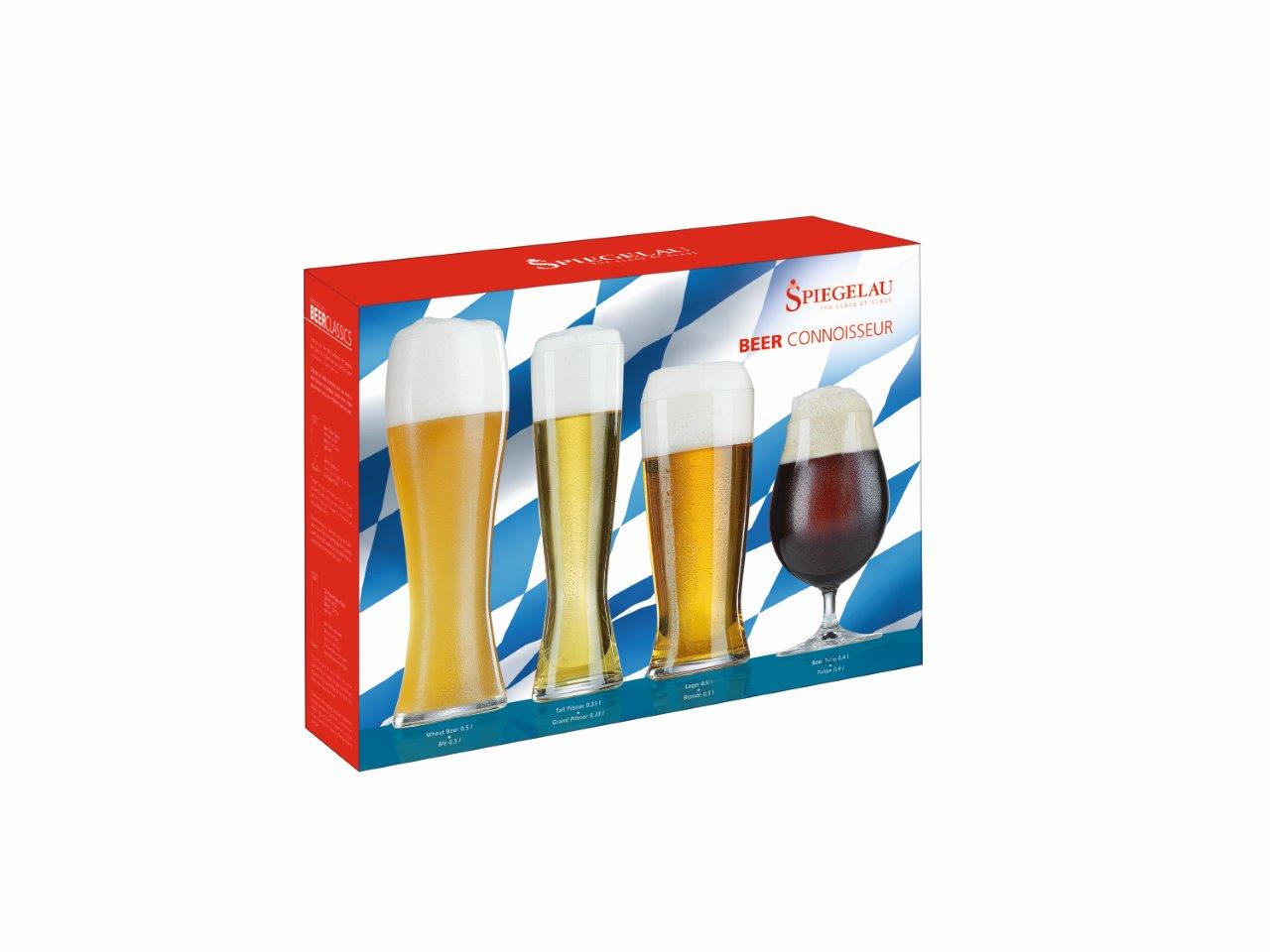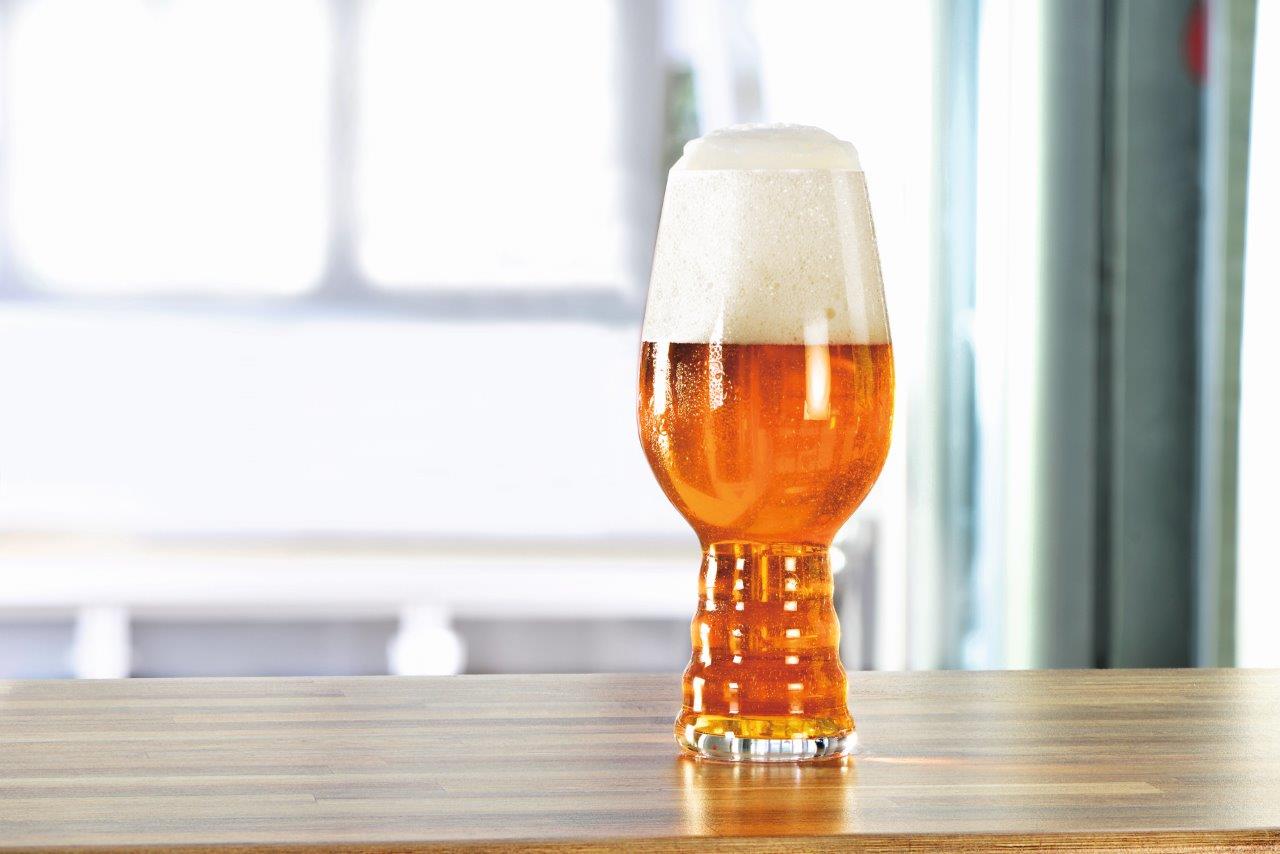
Classy Glass Class
The recent Queensland Home Brew Conference included a number of predictable and highly anticipated seminars covering many facets of beer and brewing.
An additional special breakout session was run whose topic posed the question “Do high quality beer glasses really make a difference?”, and was attended by those who booked specially in advance. The interactive presentation was conducted by Csilla Swain of RSN Australia, the local Spiegelau subsidiary.
Not surprisingly, with this session being part of a Homebrewing conference, many in attendance had a higher than average knowledge of beer, and already knew that beer does taste better when consumed from a glass. It was good to be reminded just how distinct the difference can be however.
A comparative tasting was done using the first of four reference beers, Knappstein Reserve Lager.
Without going into too much biological detail, beer consumed directly from the bottle has little input from the taster’s nose (thus bypassing the Olfactory receptors), compared to when the same beer is consumed from a glass (in this case a Spiegelau Lager Glass). As a result the flavour characteristics of the glassed beverage seemed more accentuated despite being the same beer.
This comparison proved to be a fascinating exercise, and perhaps would not have even been noticeable if done with a blander tasting beer such as VB. Comparing bottle to a high quality glass however, did nothing to show that a high quality glass was better than any other; but this was soon to be addressed.
The glasses for the exercise consisted of four Spiegelau glasses of different shape (the high quality glasses), and 2 identical pub style schooner ‘control’ glasses. The Spiegelau glasses when grouped together form the Beer Essentials Beer Connoisseur pack, and comprise of a lager, pilsener, wheat beer, and tulip glass.
Knappstein Lager was first off the rank when it came to the initial glass comparison. This time the Spiegelau Lager glass took on the control glass, with half of the bottle being poured into each. On comparison, it was found that the Spiegelau glass allowed the beer to produce a stronger aroma, and provided a more balanced palate when compared to the control glass.
Over time, the Spiegelau glass provided better head retention, in part due to the finer, more even surface of the glass used. Unexpectedly, the thinner wall of the glass in the Spiegelau also kept the beverage at a lower temperature when compared to the control.
It was also pointed out at this time, that if both the surface of the Spiegelau and the control glass were put under a microscope, the Spiegelau would be a smooth level surface, while the control would contain pits & be uneven.
The shape and volume of the Spiegelau Lager glass resembles that of a traditional pint glass, though it is slightly wider at the mouth than at the foot. By Spiegelau’s recommendation, ‘this glass balances the hoppy nose’, and should be used for pale lagers, ales, English strong ales, and strong IPA’s.
The beer line up for the session, consisted of four stubbies, with the remaining three being Feral Hop Hog, Burleigh Brewing Hef, and Cascade Stout.
Some participants light heartedly claimed there were ‘smoke and mirrors’ being used to produce such exceptional and contrasting results, however the beer tasting senses being used to make the comparison were entirely that of the homebrewing individual.
The Spiegelau tall pilsner glass is made in the classic shape to suit a German style Pilsner. The slim shape of the glass channels the dry hop aroma to the nose, enhances the light golden colour and the stable head of these beers. Next off the rank was the Feral Hop Hog, with this being split amongst the Pilsner glass and once again the control glass.
Similar to the previous test, the aroma from this brew was more noticeable, as well as the flavour from the Pilsener glass being more balanced, having more malt flavour, as well as more complex flavours. The head retention like in the first test, was once more better sustained.
Although this beer education class was only half way (or ‘still half full’) , it had already been demonstrated to the participants that a better glass quality did enhance the enjoyability of the beer.
The next test this time focused on the suitability of the glass.
The Burleigh Brewing Hef was poured this time into two different Spiegelau glasses. A tall wheat beer glass, whose shape is designed to bring out the aromas and flavours normally found in wheat beers, as well as the previously used pilsner glass.
This time we had two high quality glasses in different shapes. From the wheat beer glass we found that better carbonation was maintained with a more fluffy head, ripe banana and spice aromas were more evident, and a more creamy beer consistency was achieved. The same beer from the pilsner glass was not as ripe, seemed lighter yet more volatile, had a courser carbonation, less sweetness and was quite sour.
The additional lesson learnt at this time was that a glass matching the beer style could allow the characteristics of that beer to be better appreciated.
The final beer & glass pairing for the session was Cascade Stout with the Spiegelau tulip glass. The beer tulip enhances the hop flavour in Pilsner style beers but also supports the malty character of bolder beers like strong stouts, the open mouth allowing for an intense release of flavours.
One highly anticipated beer glass missing from the event was the new Spiegelau IPA glass, due to be released in Australia in late August. The glass itself has a three ridged base that at first glance wouldn’t look out of place in a seventies beer cook book – but is a glass developed in collaboration with two leading US IPA brewers Sam Calagione of Dogfish Head, and Ken Grossman of Sierra Nevada.
At the conclusion of the session, all in attendance agreed that high quality glasses do in fact make a difference when it comes to appreciating good beer to its optimum level. The glasses themselves also looked quite elegant, and in some ways looked to be a hybrid between a beer and wine glass.
Should these glasses be involved in a collision with a fully laden stubby (or longneck) however, they will shatter. The session saw one such incident occur, but in all fairness this was more the fault of the alcohol in the beer, than the bottle holding it. The glasses are hardy enough to be cleaned in a dishwasher however.
Spiegelau glasses can be purchased in various packs and combinations, the ones used in the class having an rrp of $55 in a four pack. These can be purchased nationally through selected glassware outlets, online through the Spiegelau store, and through Brewers Choice stores in Queensland.








